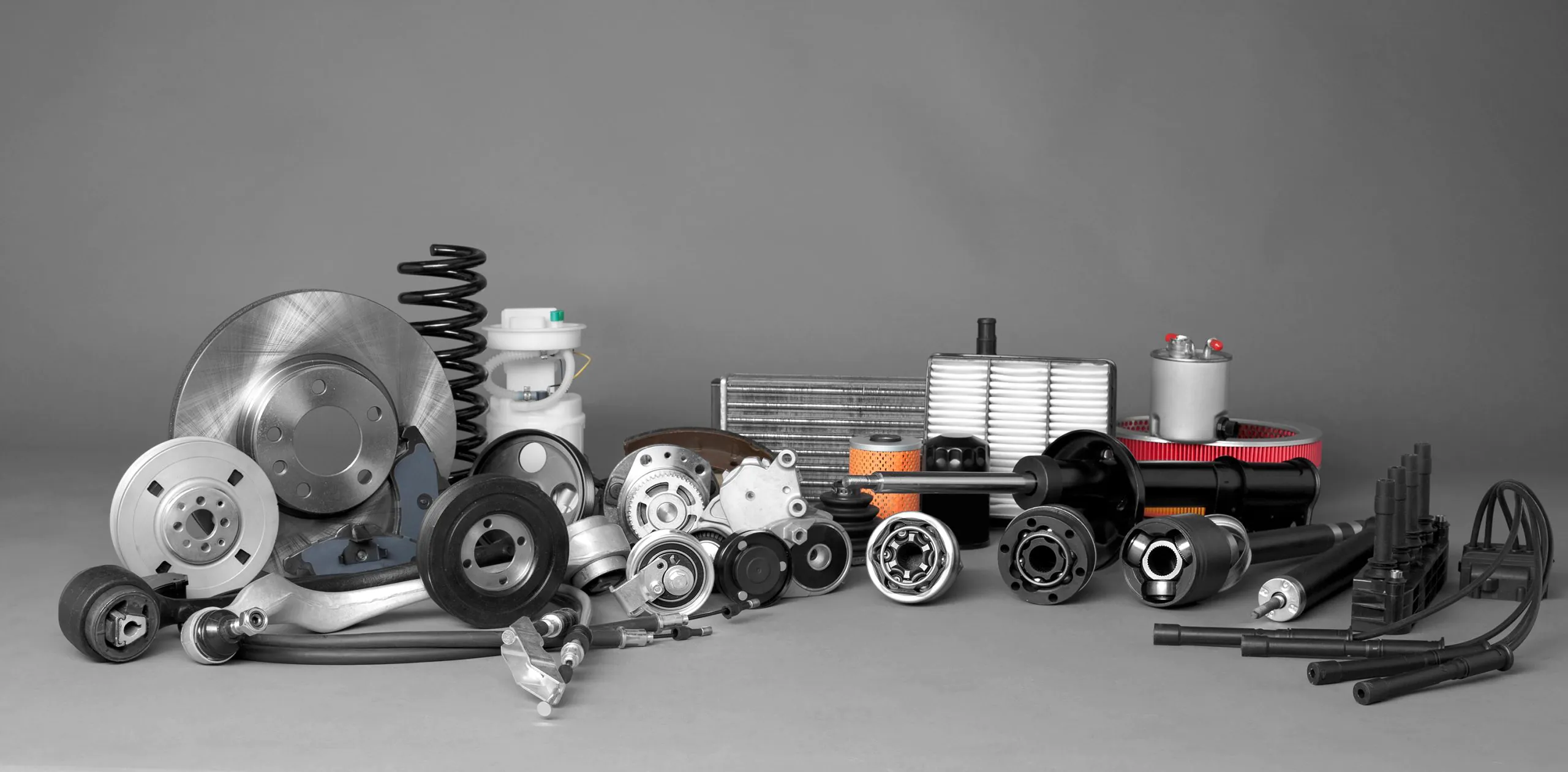The automotive industry is undergoing a profound transformation driven by Industry 4.0 and the Industrial Internet of Things (IIoT). These advancements have introduced opportunities for efficiency and innovation while presenting challenges such as supply chain disruptions and regulatory compliance. A German auto parts manufacturer, grappling with declining productivity and profitability, partnered with SpendEdge to enhance procurement practices, strengthen its supply chain, and regain market leadership.
Client’s Background
The client, a leading German auto parts manufacturer, faced significant operational inefficiencies. Rising customer attrition, declining satisfaction, and reduced sales prompted them to seek expert guidance from SpendEdge to optimize their procurement and supply chain processes.
Business Challenges
-
Declining ProductivityAutomated systems failed to deliver expected productivity improvements.
-
Customer AttritionIncreased attrition rates resulted in a loss of market share.
-
Supply Chain InefficienciesThe supply chain struggled to adapt to the demands of EV technology.
-
Regulatory ComplianceTransitioning to EV technology introduced complex regulatory challenges.
-
Manual ProcessesManual inventory tracking caused errors and inefficiencies.
Solutions
Procurement Intelligence: SpendEdge conducted a detailed assessment of procurement processes, suggesting predictive strategies to anticipate market changes and diversify suppliers.
Supplier Benchmarking: Leveraged SpendEdge’s market data to identify best-fit suppliers and reduce dependency on limited partners.
Driving Innovation: Fostered collaboration between the manufacturer and suppliers for joint R&D in EV technology and sustainable materials.
Best Practices Implementation: Introduced advanced sourcing strategies and automated systems for better inventory management and operational efficiency.
Business Impact
Regained Market Share
Improved procurement strategies reversed customer attrition trends and boosted market position.
Enhanced Customer Satisfaction
Optimized processes enabled the company to meet customer demands effectively, improving satisfaction rates.
Strengthened Supply Chain
Supplier diversification and predictive strategies enhanced supply chain resilience against market fluctuations.
Conclusion
This case study highlights how strategic procurement initiatives can help manufacturers navigate industry challenges, improve productivity, and regain competitiveness in a rapidly evolving automotive landscape. By leveraging advanced sourcing practices and fostering supplier collaboration, the client achieved sustainable growth and innovation leadership in the automotive sector.

 Twitter
Twitter






